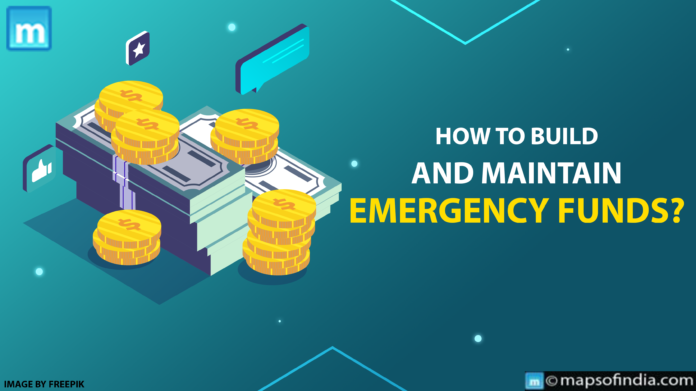Life brings surprises. Things can happen that cost money, like getting sick or losing your job. This is why saving money is brilliant. An emergency fund helps with surprises. It makes you feel better when things are unsteady. This article will talk about why saving for emergencies matters. It will also give ideas for how to make an emergency fund and keep it going. Unexpected costs are part of life. An emergency fund protects you by providing savings for problems that arise. It helps one feel ready when something you did not plan for costs money.
Here are the details about emergency funds:
Importance
An emergency fund acts as a cushion for unplanned money problems. It gives you access to cash fast when needed. Without one, people may have to use credit cards or loans. They could even empty their regular savings meant for other things. This can cause financial stress for a long time. An emergency fund protects your money from unexpected costs that come up suddenly. It keeps you from borrowing or spending savings for other goals.
Setting your fund goals
The first step is to set a savings goal you can reach. Experts usually say to save 3 to 6 months of your living costs. But it depends on your situation too. Things like how steady your job is, how big your family is, and monthly bills matter. Take time to look at what you spend each month. Then, decide the right goal for your emergency fund. Only pick a high goal if you can save that much. Determine how much savings make sense for your needs and what you can afford to put away regularly.
Fixing a Budget
Making a spending plan and following it to save for your emergency fund is essential. First, write down how much money you get and how much you spend each month. This helps you see ways to spend less or cut out unneeded costs. Choose a certain amount from each paycheck that will go just to your emergency fund savings. Don’t change your mind about using that money for something else. Putting away the same amount each month, even small, will help you reach your savings goal. Having a budget keeps you focused on your emergency fund as a priority expense.
Automate Your Savings
Set up automatic money moves to make saving for emergencies easy. Transfer a set amount each month from your main checking account to your emergency savings account. Automating your savings takes the thinking out of it. You won’t be tempted to spend that money on something else, and it guarantees steady growth toward your savings goal. Hands-free saving is a simple way to build your emergency cushion without much effort.
Facilitating Extra Income
In addition to your monthly savings, consider using extra money to add to your emergency fund. Tax refunds, bonuses, or money from selling unwanted items could go there. Putting unexpected cash toward emergencies helps you reach your savings goal faster. It doesn’t change what you budget each month. One-time money sources speed up how fast your cushion grows without changing what you usually spend.
Maintaining Your Emergency Funds
1. Re-evaluate your savings goal yearly or when major life changes happen. Things like a new job, marriage, kids, etc., affect expenses.
2. Account for inflation by increasing your goal or contributions by a small percentage each year. This keeps your savings amount aligned with rising costs.
3. Review monthly statements to ensure automatic transfers are deposited as scheduled. Make adjustments if amounts change.
4. Do not dip into the fund for non-emergency spending. Only use it when unexpected large expenses arise. Replace any amounts used within 30 days to maintain your full savings balance.
5. Redistribute funds if kept in lower-interest accounts to maximize returns over time.
6. Check that the account is easily accessible when genuinely needed for emergencies or life events.
7. Consider increasing your contributions as salary increases to keep your fund growing.
In short, setting up automatic transfers and using extra money wisely helps build a solid emergency fund over time. Automating savings and adding one-time payments removes the thinking from saving. It lets your money grow smoothly in the background. Be sure to check in now and then that your savings amount still fits your needs. Account for rising costs by bumping up your goal a little each year. Only use the money for true emergencies and refill it right away. With steady saving habits and regular maintenance, you can feel secure knowing your emergency cushion is always ready when needed. Sticking with it leads to lasting financial protection no matter what comes up.




